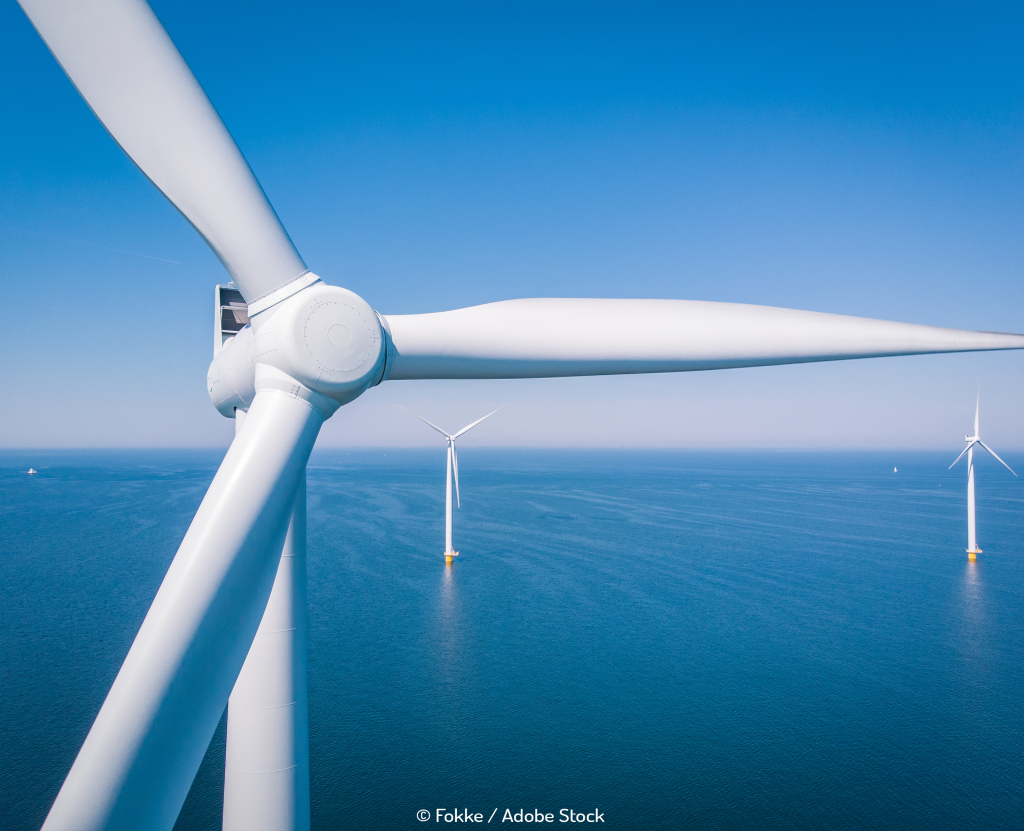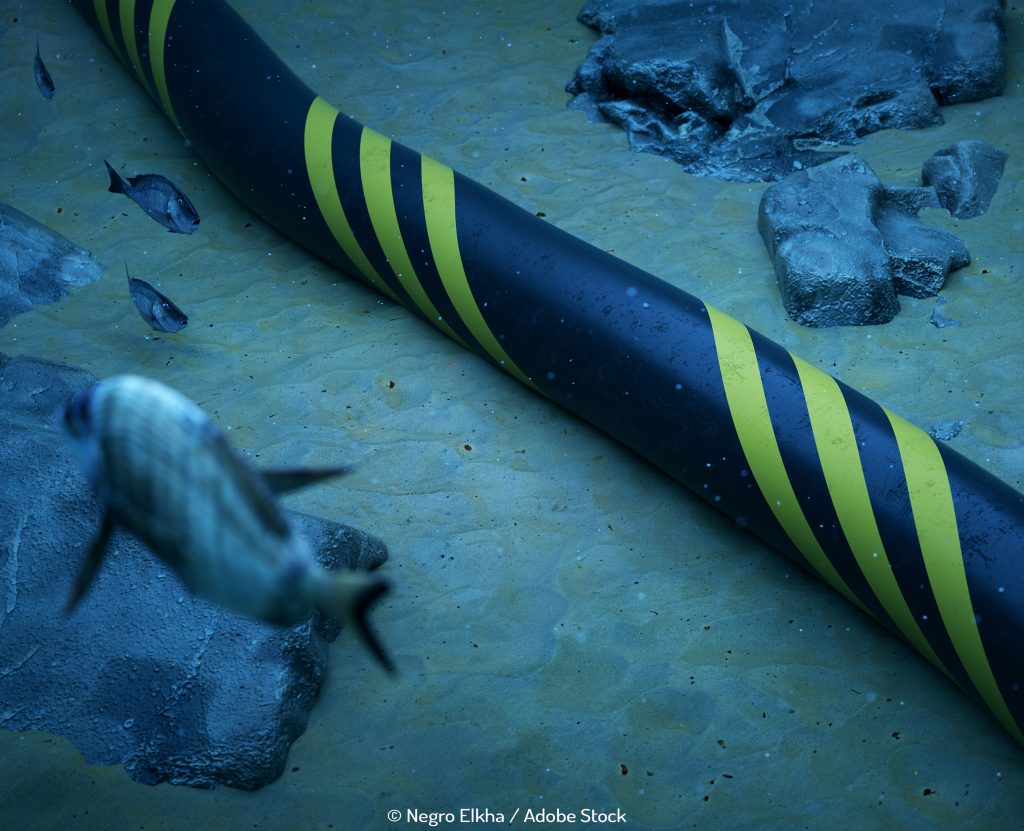
Offshore energy trends: how the industry is set to change over the next decade and beyond
It’s the start of a new year and we’re in a predictive mood. With offshore wind set to be a dominating force in the energy mix for the next decades, we look at some trends for the next few years.
Australia has some of the best and most stable wind off its shores. But with a powerful fossil fuel lobby and lots of home-mined coal, they have been slow off the mark with offshore wind. That will change. The government recently passed framework legislation called the Offshore Electricity Infrastructure Bill 2021. Companies now have the required regulatory outline to develop offshore wind. The first three projects have already been announced. The American fund backed Bluefloat, has partnered with the Australian energy advisory firm, Energy Estate, to propose three potential farms. Hunter Coast will be a 1.4 GW floating wind project off the coast of New South Wales. Wollongong Offshore is a 1.6 GW floating project over two sites in the Illawarra region of New South Wales. Greater Gippsland is a 1.3 GW bottom-fixed farm in the Bass Strait off the coast of Victoria.
Scotland is attempting to position itself as a knowledge base for the coming global offshore wind expansion. During the COP26 conference, Nicola Sturgeon, the first minister, met with the Vietnamese prime minister, Pham Minh Chinh, to discuss collaboration in the buildup of Vietnam’s wind industry. The Vietnamese government has set an ambitious 18 GW target for offshore wind by 2030. A significant increase from the current 0.6 GW. Scotland has proposed technology transfer, skills training, and foreign investment to help Vietnam.
Denmark continues to push the envelope for renewable generation. Their plans for a North Sea Energy Island develop at pace. The Danish government hopes to have a detailed plan in place by the winter of 2022 to enable bidding to commence on the project. With a new sub-agreement to the Finance Act, they have set 2040 as the date for the full 10 GW capacity of the island. This agreement also commits to offering 2 GW of offshore wind capacity by 2030 and analysing the possibilities for a further 1 GW.
Swedish offshore wind is set for a boost as OX2, has recently submitted applications to the Swedish government for three offshore sites. Triton is a 1.8 GW fixed-bottom farm off the coast of Skåne. Galatea-Galene is a two-site project off the cities of Varberg and Falkenberg and OX2 predict 68-101 turbines with an estimated annual production of 6-7000 GWh. The final OX2 project is the Noatun farm situated south of the Ålund islands, with a predicted capacity of 5 GW they hope to have the field operational by 2030.
Germany has started to update their maritime spatial plan to accommodate 3 GW of offshore capacity in the German economic zone (EEZ) of the North Sea. The new German coalition Government has stated that offshore wind shall have priority in the EEZ. With 30 GW of offshore capacity by 2030 the new goal, acceleration of their offshore wind program will be swift.
The International Energy Agency recently published their Renewables 2021 – Analysis and forecasts to 2026. In it they suggest that total offshore wind capacity is set to triple by 2026 and global capacity additions will reach 21 GW. It looks set to be a whirlwind decade for offshore wind.


